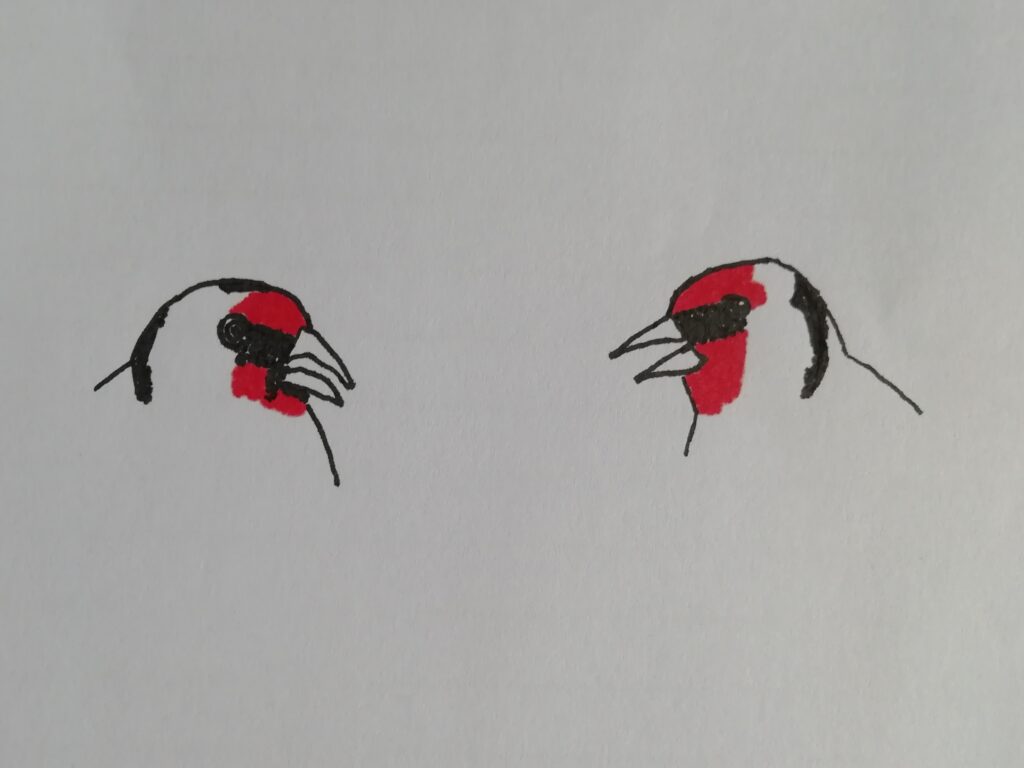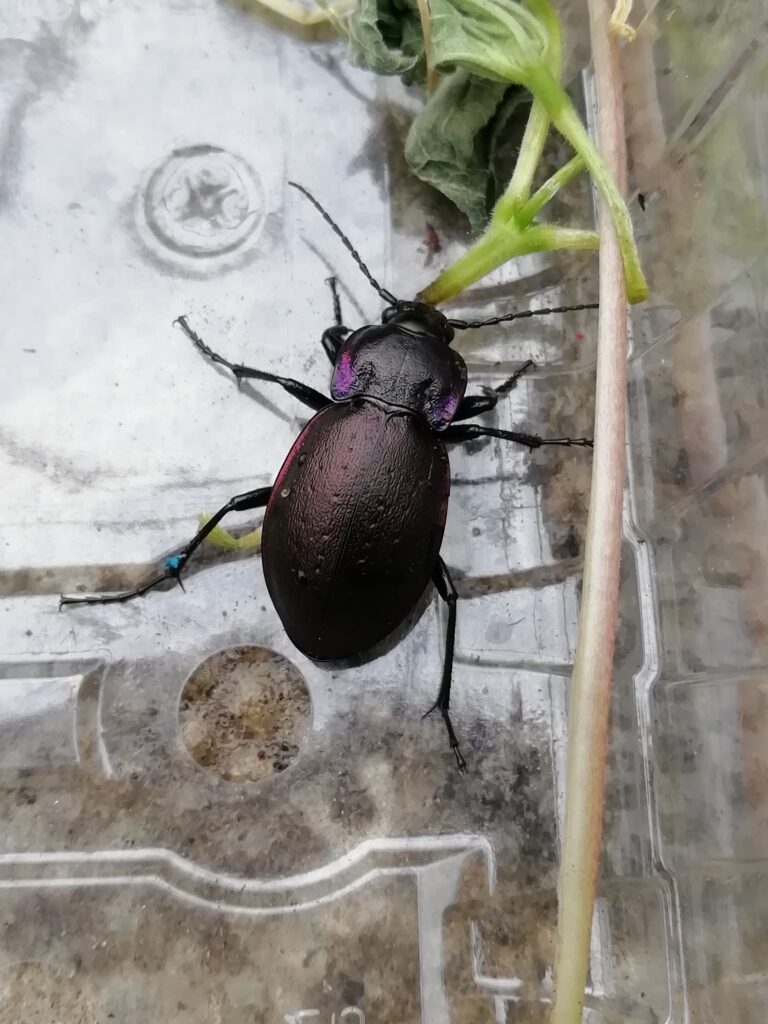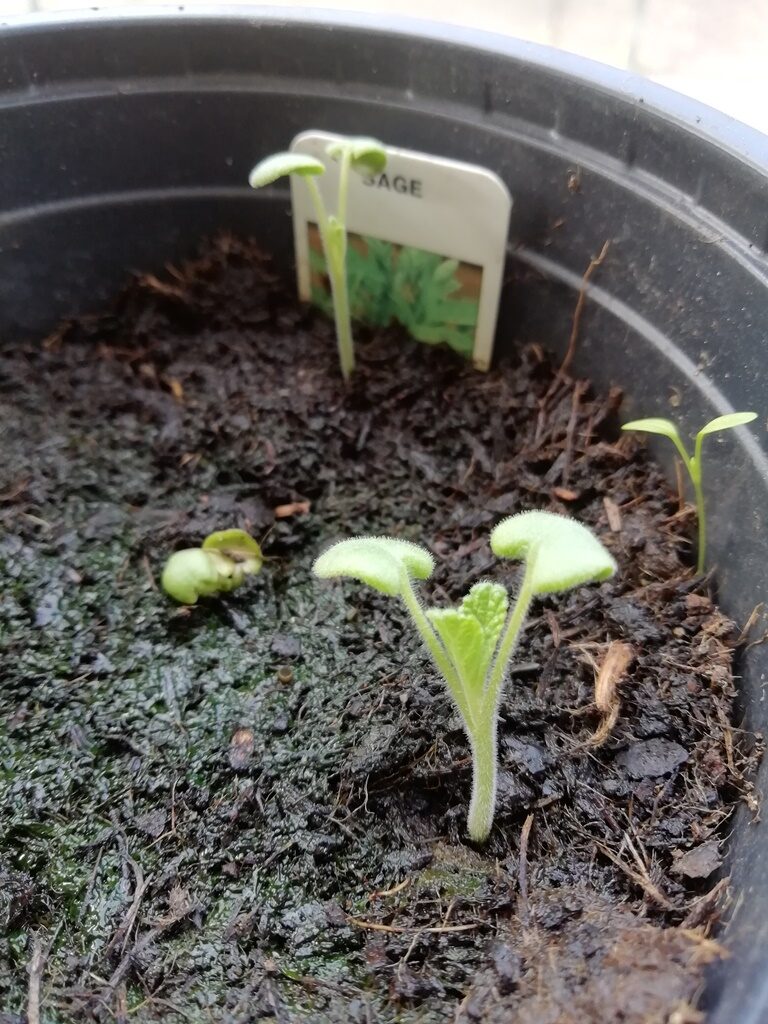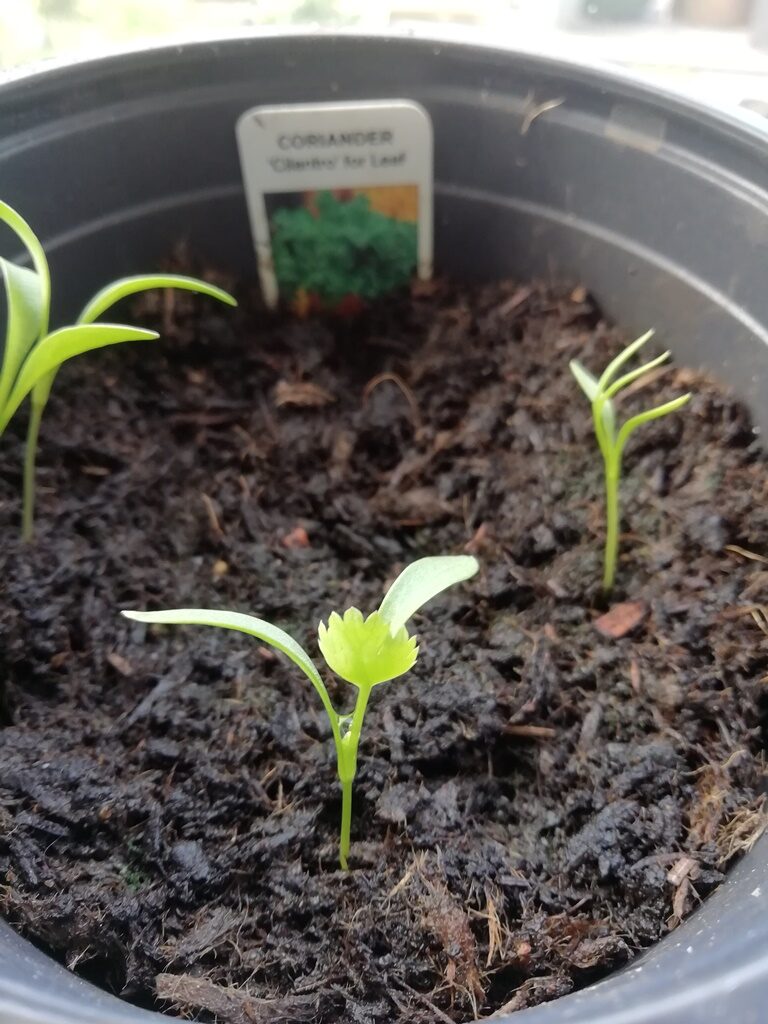 by Joe Crossland
by Joe Crossland
There are many things that have brought me joy over the last year-and-a-bit, but if you distilled them all down to their purest essence, I reckon they’d all have something in common. Whether it’s finding animal tracks in the snow, identifying a shiny purple beetle by spotting tiny rows of pits on its abdomen, or working out just what on earth is making that weird noise in the garden – it’s noticing the little things and learning from them that has resulted in these small, but significant moments of pleasure.
But how do you notice the little things in the first place? It’s easy to get into a good stride on a walk and lose yourself in your thoughts or a podcast or music. And while you might register what’s in your immediate surroundings, you’re not fully present enough for it to make an impact. You’re neither here nor there. By making a conscious effort to slow down and absorb what’s around you, you’re able to appreciate the environment you find yourself in. Ditch the headphones, slow your pace – or stop – and take it all in. As Georgia said in her blog yesterday, what can you see, hear, taste, touch and smell? Then you start to notice. The distant drumming of a woodpecker. The heady coconut smell of gorse. Just how delicate that explosion of early blackthorn blossom is.
Given the infinite variety of nature, you may not know what you’re looking at, at first. But hey, even David Attenborough had to start somewhere! Finding out is part of the pleasure too – learning to identify a plant, or an insect, a new bird call, or the difference between two similar species can feel like a real achievement, and before you know it, you’re noticing that blossom everywhere! There goes that great tit again, with its teacher, teacher call! You may even find yourself sharing your new found knowledge with others, who in turn share theirs with you.
 Of course, taking a photo is always useful when it comes to ID, but it’s not always possible, and if you’re fully present in the moment, just enjoy the moment for what it is. It’s the unplugged way after all! And that’s where looking, and I mean really looking, can help. Careful, methodical, observation is a skill to learn. Drawing helps in this respect. When you draw something, you notice colour, pattern, shape. You’re more spatially aware – how is this bit connected to that bit? This is crucial for the identification process. Even if you don’t think you’re good at drawing, by having a go, you look at things in a different way. (Alternatively, make some notes so you can look it up when you get home.) Tiny details can make all the difference. Putting my money where my mouth is on the drawing front, take this pair of goldfinch for example. They look the same don’t they? Well what about the red patch above the eye? Can you see the bird on the right has red that extends behind the eye towards the back of the head, while the bird on the left has red that just stops above the eye? Well, this tiny feature means the bird on the right is a male, and the bird on the left is a female! Once you know about the importance of this kind of detail, you start to look out for it.
Of course, taking a photo is always useful when it comes to ID, but it’s not always possible, and if you’re fully present in the moment, just enjoy the moment for what it is. It’s the unplugged way after all! And that’s where looking, and I mean really looking, can help. Careful, methodical, observation is a skill to learn. Drawing helps in this respect. When you draw something, you notice colour, pattern, shape. You’re more spatially aware – how is this bit connected to that bit? This is crucial for the identification process. Even if you don’t think you’re good at drawing, by having a go, you look at things in a different way. (Alternatively, make some notes so you can look it up when you get home.) Tiny details can make all the difference. Putting my money where my mouth is on the drawing front, take this pair of goldfinch for example. They look the same don’t they? Well what about the red patch above the eye? Can you see the bird on the right has red that extends behind the eye towards the back of the head, while the bird on the left has red that just stops above the eye? Well, this tiny feature means the bird on the right is a male, and the bird on the left is a female! Once you know about the importance of this kind of detail, you start to look out for it.
 Great-spotted woodpeckers are similar, in that the male will have a patch of red on the back of his head, but a female will not. And what about that beetle I mentioned? Well, the bronze ground beetle has rows of tiny pits on its ‘elytra’ (the hardened forewing you find in beetles) whereas, the violet ground beetle has a smooth elytra. At first glance, they both look very similar. Check out this ID sheet to study the differences.
Great-spotted woodpeckers are similar, in that the male will have a patch of red on the back of his head, but a female will not. And what about that beetle I mentioned? Well, the bronze ground beetle has rows of tiny pits on its ‘elytra’ (the hardened forewing you find in beetles) whereas, the violet ground beetle has a smooth elytra. At first glance, they both look very similar. Check out this ID sheet to study the differences.
As many of you will know, I like to grow vegetables and herbs. For most plants, the first leaves to appear after germination are not true leaves. These ‘seed leaves’ or cotyledons emerge to get the plant going, and then the true leaves appear and they take over, while the cotyledons, having done their bit, shrink away. What I really love is when you can identify the plant from the first true leaves that form – even if they are tiny! Take the coriander and sage leaves pictured further below.
And here we are, noticing the tiny things. Tiny things impact on wellbeing. Tiny things that have resulted in learning tiny things you may have gifted to a fellow human, resulting in a connection, tiny things that make you want to get out of the house and be active. By giving yourself the gift of time, by being present and taking notice, you open the door to a world of opportunities that are offered by the wonder and diversity of nature.


Joe is a communications officer for the Centre for Population Health in Glasgow, a 2019 #unplugger, an RSPB volunteer and the unplugged community’s very own SDA!
— Saturday 15th May —








